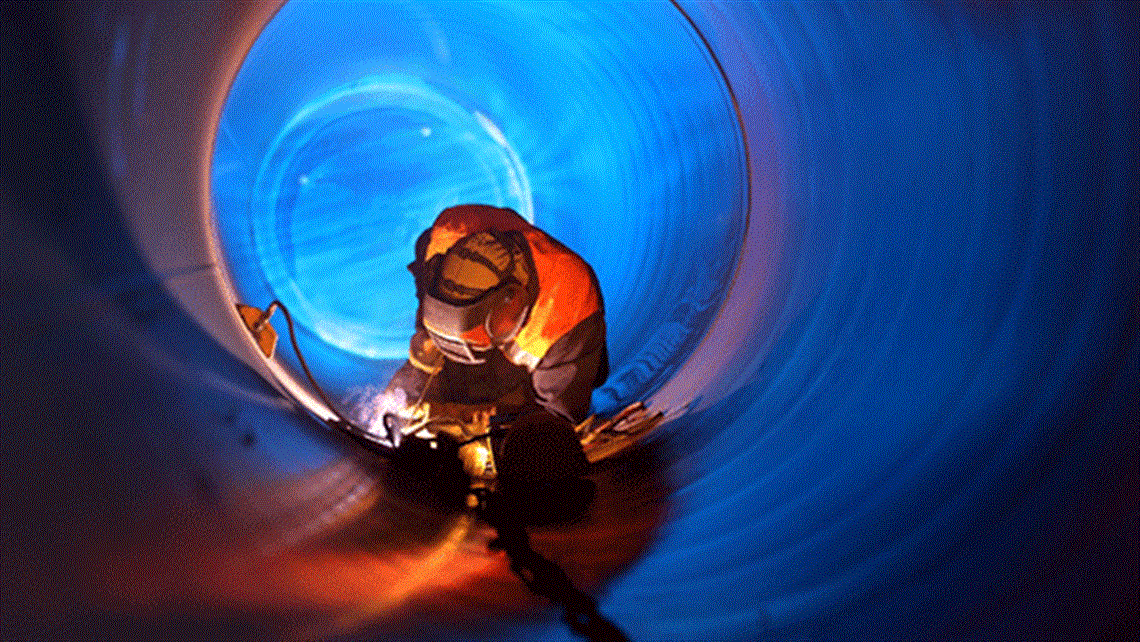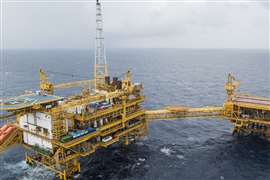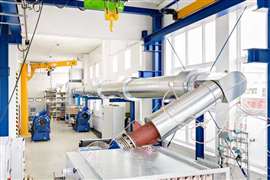Online Methane Tracker From IEA
July 17, 2019

The International Energy Agency (IEA) has launched a newonline tool that tracks oil and gas-related sources of methane, a major andoften overlooked greenhouse gas. The new methane tracker offers the mostcomprehensive global picture of methane emissions, covering eight industryareas across more than 70 countries, the agency said.
The new tool provides the IEA’s most up-to-date estimates of current oil and gas methane emissions, drawing on the best available data. It also sets out the reductions that are possible using existing technology and sheds light on this underexplored component of energy transitions. IEA analysis has highlighted that global methane emissions from the oil and gas sectors could be reduced by nearly half at no net cost.
IEA said the concentration of methane in the atmosphere is currently around two-and-half times greater than pre-industrial levels and increasing steadily. IEA projections suggest that oil and, in particular, natural gas will play important roles in the energy system for years to come, even under strong decarbonization scenarios aligned with international climate goals. Reinforcing efforts to minimize methane emissions along their supply chains is an essential complement to the reductions in CO2 that are led by increased efficiency and deployment of clean energy technologies, the agency said.
“The oil and gas sectors have an open goal in front of them,” said Dr Fatih Birol, the IEA’s executive director. “They can avoid close to 50% of their methane emissions without hurting the bottom line. Doing so would have the same long-term climate benefits as immediately eliminating emissions from more than half the cars on the road worldwide.”
Natural gas accounted for almost half the growth in global energy demand in 2018, and 70% of the increase came in two countries – the United States and China – where the rise in gas came at the expense of coal. This switch to gas has been a factor in preventing a faster rise in global CO2 emissions in recent years.
A new study on The Role of Gas in Today’s Energy Transitions, released by the IEA alongside the methane tracker, shows that an additional 1.2 billion tonnes of CO2 could swiftly be abated by switching to gas using existing infrastructure, if prices and regulation are supportive. This would be enough to bring global CO2 emissions back down to where they were in 2013.
Taking both CO2 and methane emissions into account, coal-to-gas switching is currently able to reduce emissions on average by 50% when producing electricity and by 33% when providing heat. The level of deployment of carbon capture, utilization and storage technologies, for both coal and gas, is another crucial factor for future emissions from those two sectors.
MAGAZINE
NEWSLETTER

CONNECT WITH THE TEAM








